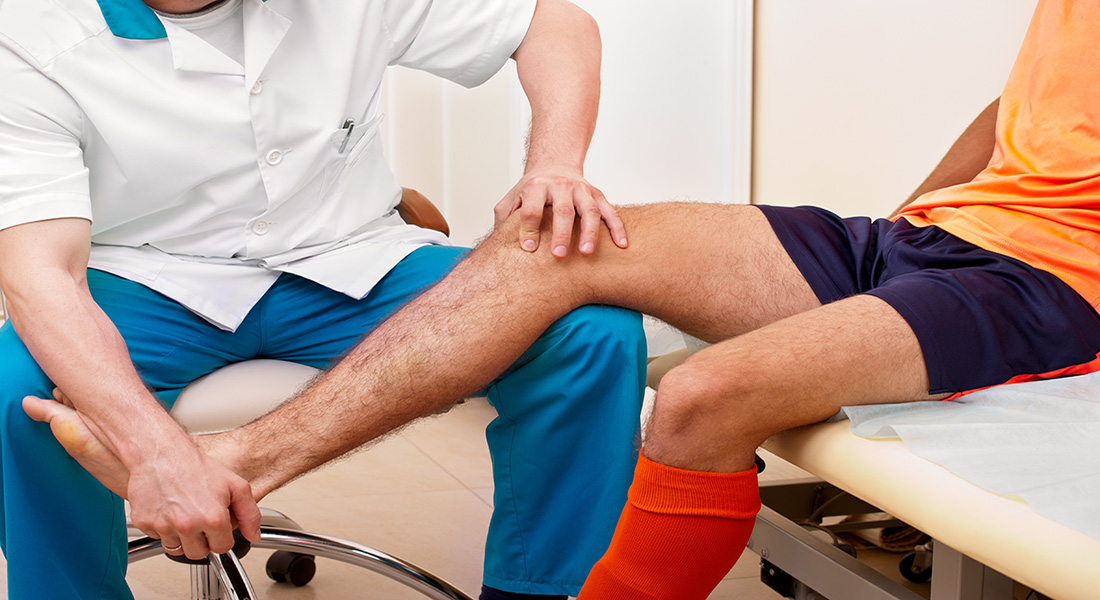
If you have encountered a small sports related injury such a sprain or a torn ligament, because of a physical activity, there are wide variety of measures that can reverse your pain as quickly as possible.
Below mentioned are tips on how to recover quickly and how to treat your injury.
Helping the recovery process
Things that you should absolutely refrain from doing following a sports injury (for at least 3 days) are summarized by the acronym HARM.
- Heat – for instance, hot baths, heat packs or saunas
- Alcohol – consuming alcohol can amplify swelling and bleeding, and slow healing process
- Running – or any other type of exercise which could further aggravate the injury
- Massage – which could increase swelling and bleeding
On the other hand, the methods that one should consider taking can be remembered with the help of another acronym PRICE:
- Protection – Make sure that the injured part of the body is shielded from further injury
Try to stay away from any situation where you have to put further strain on the painful area. If you ended up spraining your ankle, make sure that you wear a shoe that gives ample ankle support.
Some injuries would feel better with more support like a brace or rigid strapping tape. Get in touch with a doctor or a sports injury specialist if you are unsure of what is best for you.
- Rest – Let the injury heal by giving the joint or muscle some rest. Do not try and be a daredevil and play through injuries, as it can lead to further damage and the injury would take longer to get better
- Ice - Instead of applying heat to the area, ice is a suitable option for the initial two or three days post-injury.
Apply ice for about 15 to 20 minutes that is wrapped in a damp towel every two to three hours for the first two to three days to minimize the inflammation. Ice can also help in reducing pain and swelling in soft tissue injuries, like ligament sprains, bruising or muscle tears. Avoid direct contact with your skin, because it could lead to burn. Do not hit bed with an ice pack; you do want to be applying ice the entire night!
- Compression – If a compressive bandage or elastic support can be applied, it will help in controlling the swelling and bleeding in the initial days.
In majority of cases, the bandage or support will also help in supporting the injury as new scar tissue is formed. This should help in reducing the pain. You can buy elastic bandage or elasticated tubular bandages from pharmacies.
Ensure that you don’t wrap bandages too tightly around the affected area as it can restrict blood flow. Remind yourself to remove the bandage before going to sleep.
- Elevation – If possible, keep the injured area elevated, and supported to reduce the chances of swelling
In case of leg injury, avoid going for long durations without raising your leg. If keeping it elevated leads to more pain, try and rest it in a comfortable position.
Treating strains, sprains and other sports injuries
For minor strains, bruising injuries and sprains, you can use Moov spray.
In case of a serious injury, especially to the head or spine, get instant medical advice. You should also consider visiting your physician if you experience severe pain, swelling, numbness, or cannot bear weight on a limb. If you are really worried about your symptoms and think they are too severe or you think there is a chance you have dislocated or broken a joint, then consult a doctor immediately.
Majority of sports injuries are minor and recovery happens quickly. However, if you have any doubt, it is better not to self-medicate and ask an expert.
